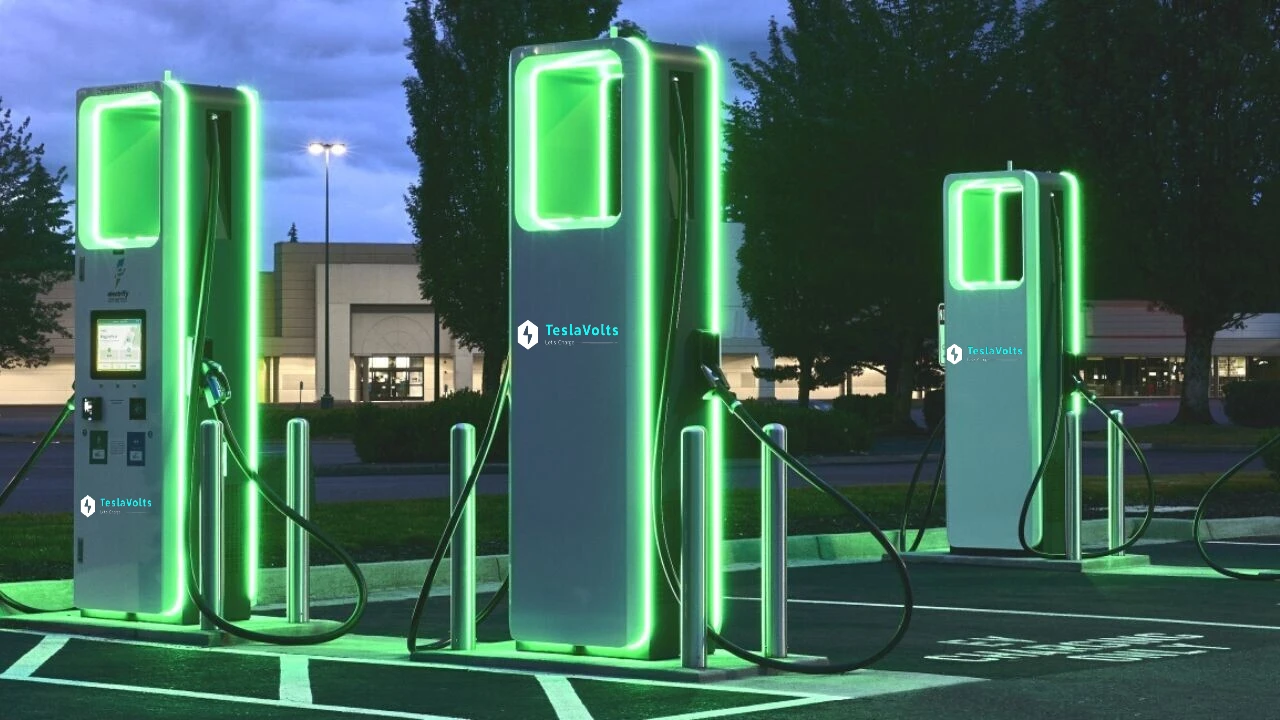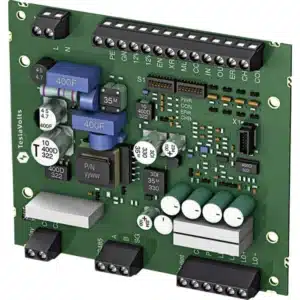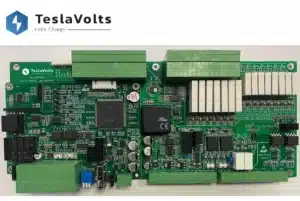What is the role of TeslaVolts?
The charge point operator (CPO) and the e-mobility service provider are the two primary positions in the EV charging sector (EMSP).
In general, CPOs install and maintain charging equipment, and e-mobility service providers contract with EV drivers for subscriptions to charging services.
However, as the EV market develops and major firms broaden their business models, both of these positions start to rapidly converge.
However, the primary goal of EMSPs is to simplify EV charging for drivers.
In order to do this, they:
- Give users of a single credit card or app access to a wide network of charging stations. This enables EMSPs to standardise transactions and simplify invoicing and payments for the driver as much as feasible.
- Enhance the driving experience. EMSPs can set themselves apart by offering extra features like roaming and personalised charging advice.
They may also combine beneficial services into a single package offering that promotes consumer loyalty, such as emergency roadside assistance, shopping discounts, and a subscription card for EV charging.
Providing charge point data to drivers
EMSPs will give drivers real-time access to charge station data.
The availability status (free/occupied/out-of-service), charging station type (AC/DC and compatible plug types), price model, and anticipated charge time are often included in this data.
To assist drivers in choosing the optimal charging station for their needs, mobility service providers may also publish the percentage of energy that comes from renewable sources and share more sophisticated data.
By avoiding vehicle owners from travelling to a charging station only to discover that it is not open, transparent data can enhance the customer experience.
Drivers can use a wide range of services throughout the EMSP network and easily locate new charging stations with the help of up-to-date records.
Charge card provisioning
Mobility service providers can offer their own charge cards to improve the charging process and speed up payments. Charge cards also allow drivers to secure cheaper rates at charge points from operators with which the EMSP has secured agreements.
Management and expansion of roaming networks
To increase the number of charge stations available through their network, mobility service providers can enter into roaming agreements. They may connect directly with a single charge point operator via a peer-to-peer connection or join roaming hubs like Hubject, Gireve and e-clearing to build relationships with many CPOs quickly.
The main benefit of these roaming networks is that drivers can access a large number of charge stations at pre-determined rates, which are usually cheaper than those for ad-hoc charging.
End-user billing and invoicing
Apart from negotiating contracts with charge point operators and roaming hubs, mobility service providers can also decide on a pricing model for their drivers. Usually, they charge a mark-up of the base price model from charge point operator and simplify complex tariff structures to accommodate the driver.
An easy tariff structure helps build driver confidence in the EMSP and the added transparency allows drivers to select the best charging plan for their needs.
Based on the usage information supplied by charge point operators, the EMSP will invoice their drivers according to the contractually agreed terms. They also provide charging information to the EV driver in the case of ad-hoc charging.




